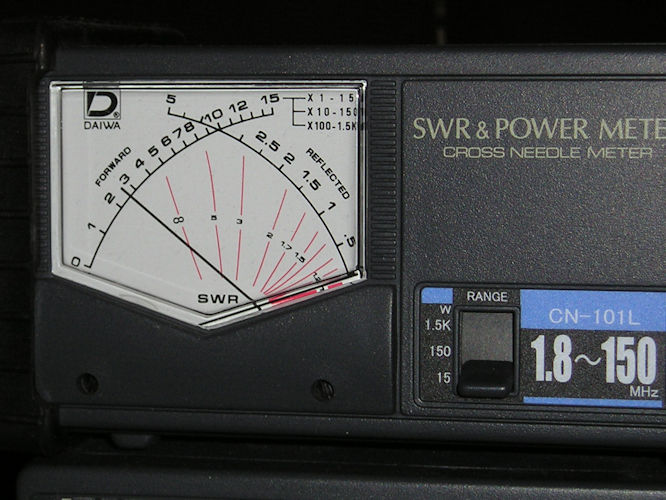
*QRP... When Less is More*
By: Mysticraven
29 November 2016
QRP what does it mean? QRP is part of a standard code made up of three letters which was originally developed to simplify commercial radio telegraph communications and was then adopted by amateur radio users as well. It actually has two meanings depending upon who is using the phrase. If used by the receiving station it means "decrease transmitter power" and if used by the transmitting station it means "Should I decrease power?"
QRP is still used today with its original meaning as all amateur radio stations are required to use the minimum transmitter power necessary to carry out the desired communications. This regulation is part of the FCC Rules and Regulations and can be found in Part 97: Sec. 97.313 Transmitter power standards
Most amateurs run transceivers in the 100 watt range, however an ever increasing number are not happy and feel naked without 1500 watts at their fingertips. So when you hear the term QRP today you are more likely amongst a group of fanatical Hams discussing low power….. really low power. QRPers are a very dedicated group as they believe less is better and insist on a transmitter power of less than 5 watts. Sometimes much much less!
How is this possible and how can we make sense of this whole phenomenon. For a moment let's consider a normal conversation taking place between two amateur radio operators and watch the S Meter results.
For our math we will choose a ham transceiver that puts out 100 watts that is in QSO with another station that just responded with a 599 report. In other words the receiving station had a reading of S9 on their S meter. Remember it is generally accepted that most receivers are calibrated so that 6dB is equal to one S Unit.
Now watch what happens when the transmitting station reduces the transmitting power and its effect on the receiving stations S meter. (I used a handy dandy internet conversion program to crunch the numbers.)
As unbelievable as the figures show theoretically dropping from 100 watts to 1 watt would only show a drop of just over three S Units at the receiving station.
Today the QRP crowd have a number of commercial transceivers available that have all the features of the more conventional models. In addition some are designed for portable or mobile operation and are small enough for back packing and battery operation in the wilds.
Still others like to go the DIY route with many kits and designs available that operate on 12 volts or a little square 9 volt battery. For example some of the kits that are available on line are listed below.
A quick and simple way to try QRP operation for most hams is to simply turn down the power on their transceivers. On my Icom 746 Pro cranking the gain all the way down reduces the power level to a whopping 2-1/2 watts. Well within the accepted transmitter power level for recognized QRP operation.

Now that you are hooked and a fanatical QRP operator you may want to join one of the many clubs or blogs online that hold nets, meetings and QRP contests. They are a good avenue for the exchange of information and operational practices. The only one I found on line that sums up the actions of those hams active in this part of the hobby is "The Flying Pigs QRP Club". No I'm not a member! LOL
While writing this article I attempted to see if there was a recognized long distance record listed on the Internet. Some simple guideline that a novice QRPer could shoot for. What I found was that the generally accepted record was set in 1970 by KL7YU and W7BVV on ten meters. With a (ONE) 1 Microwatt transmitter they had a QSO over a distance of 1650 miles. That works out to 1.6 billion miles per watt. There are also many issued QRP awards for WAS, WAZ, DXCC etc etc etc.
Go ahead and try something new… Cause I gotta go!
Dah dit Dah....Dah Dit This is VE3XYZ tnx fr rpt pse QRS QRS QRS
Mysticraven
www.alpharubicon.com
All materials at this site not otherwise credited are Copyright © 1996 - 2016 Trip Williams. All rights reserved. May be reproduced for personal use only. Use of any material contained herein is subject to stated terms or written permission.